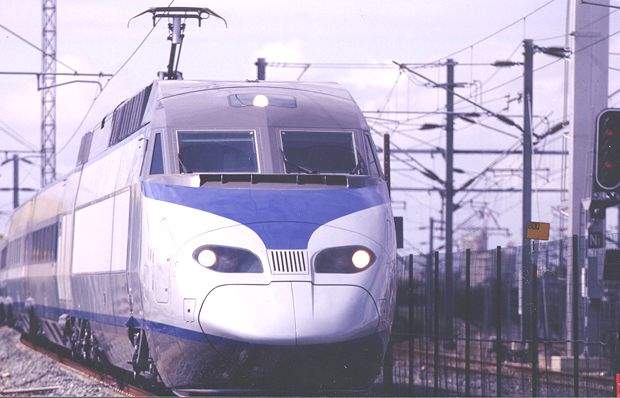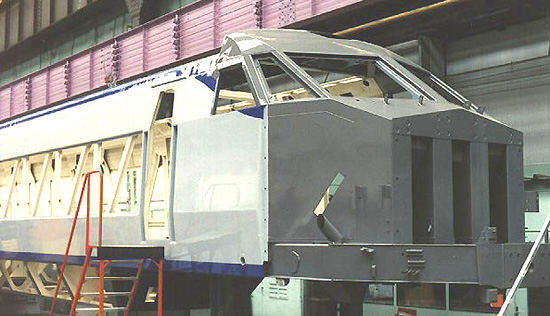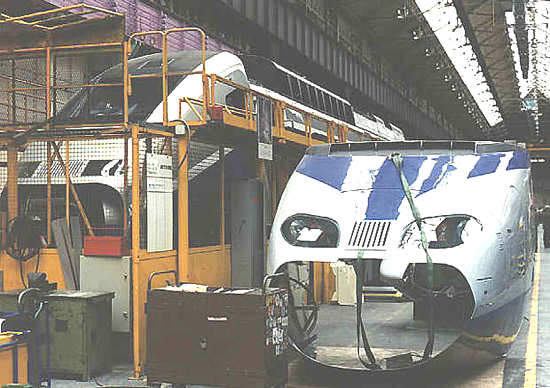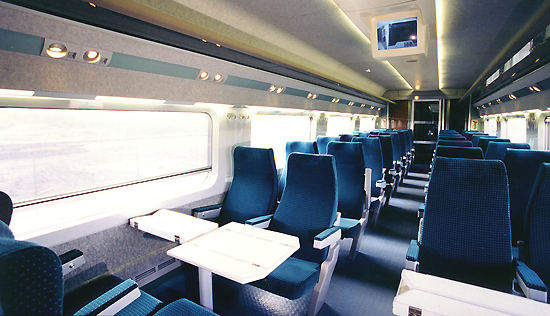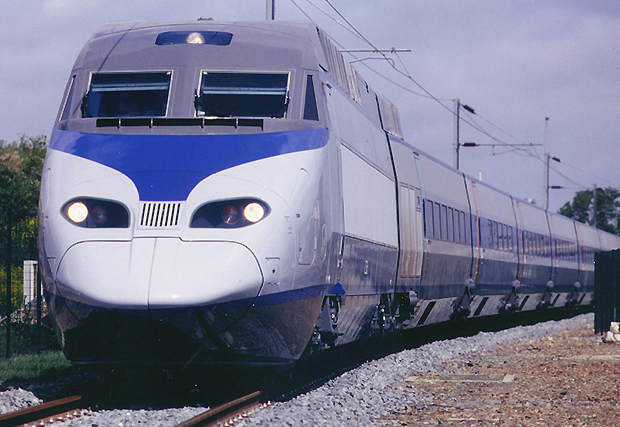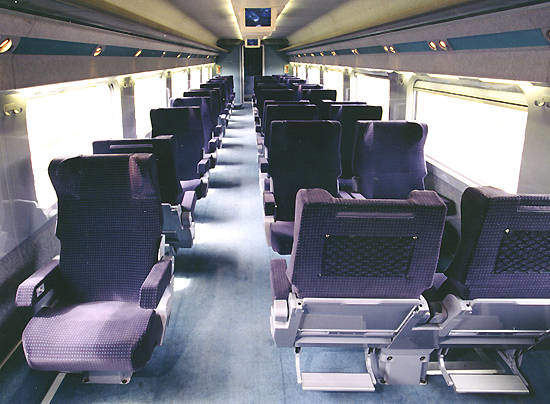After two decades of steady progress, the start of the 21st century has witnessed major progress in South Korea in the development of a new, dedicated high-speed rail route to the progressive European design. It is operated by Korail (Korea Railroad, formerly Korean National Railroad) and the first public trains ran on 30 March 2004.
Up to 92 trains a day now work in each direction, and the 223.6km section to Taegu is cleared for 300km/h operation. End-to-end journey times are now 2hr 40min compared with 4hr 10min previously.
The major corridor between Seoul and Pusan accounts for 66% of the country’s passenger rail traffic, serves 71% of the population and produces 75% of the national wealth. However, South Korea has some of the highest distribution costs as a proportion of gross domestic product of any industrialised country.
It was realised that, even if the existing Seoul to Pusan route were upgraded to take 15% more traffic, capacity would again be reached early in the new century. Although the ideal solution, construction of the new railway cost two to three times more than a conventional line or road.
The project
France’s Train a Grande Vitesse (TGV) was selected as the model for the new line, being constructed in two phases. The first section is between Seoul and Taegu, with electrification of existing rail lines between Taegu and Pusan, and Taejon and Taegu city areas.
Some 45% of the project’s total $16.3bn cost is being met by the national government, the rest from loans and bonds raised by the KTRC. The search for cost savings caused the postponement of the new line through Taejon and Taegu to avoid expensive civil engineering.
The second phase of the Seoul-Pusan line has been included in South Korea’s National Rail Network Construction Plan for 2006–15. This will see the remaining 128km section from Taegu-Pusan being built as a high-speed railway. At present, there are gaps in the high-speed line in Taegu and Taejon, and a new alignment will be built to increase the speed of services.
Infrastructure
The route is designed to internationally-accepted UIC standards, with heavy involvement from French firm SYSTRA, which has substantial experience of overseeing similar high-speed developments in its home country.
The line incorporates special measures to take account of South Korea’s vulnerability to earthquakes and the KTRC instigated a ‘zero tolerance’ policy towards poor construction practices.
Five new or revamped stations have been built along the route, with new developments at Chonan and Nam Seoul complemented by three completely new, dedicated termini at Taejon, Pusan and Taegu.
The total length of the new route is 412km and the design speed is 350km/h (220mph). Almost half (46%) of the new track is in tunnel, and a further quarter carried on 148 viaducts or bridges. The overhead catenary wires are heated to prevent the formation of ice, a major cause of disruption elsewhere in the world.
Under the National Rail Network Construction Plan, Pusan is also to receive a new depot and workshop for maintenance of the KTX fleet. Sidings may be laid to hold 27-car trains, as a proposal to lengthen trains is being examined.
Rolling stock
The new train fleet consists of 46 high-speed trainsets, directly derived from France’s TGV designs, built under a technology transfer agreement with Alstom. The first 12 trainsets were built in Belfort, France, and the others in South Korea. Each trainset consists of two power cars, two booster cars and 16 coaches, and advanced safety features include triple friction, regenerative and rheostatic braking, and an integral fire alarm system.
Each train is 387m long, has seating for 935 passengers and weighs 700t, making them among the longest and heaviest TGV-type trains in use. Maintenance is carried out at Seoul, Pusan and Goyang.
The trains have a maximum operational speed of 300km/h and achieve an average of 190km/h between Seoul and Pusan.
Signalling and communications
High specification allows up to 64 services a day each way between Seoul and Pusan, as well as up to 28 to and from Mokpo, some of these originating at Yongsan. The trains are fitted with an automatic train control system, under which allowable and actual train speeds are continually compared and can be adjusted automatically if necessary.
In-cab equipment monitors the status of each lineside signal, both as it is passed and ahead of the train, and information is relaid to both the main control centre and to the train cab. A deadman device is fitted in each cab which sounds a warning alarm which must be manually cancelled by the driver. If this is not done, the train’s brakes are automatically applied.
The future
At present all trains continue to Pusan over classic lines but the full high-speed line between South Korea’s now forms part of a national rail construction plan, due for completion between 2006–15.
By this time, more than 500,000 passengers per day will travel between Seoul and Pusan in 1hr 56min compared with more than four hours in pre-TGV times.

